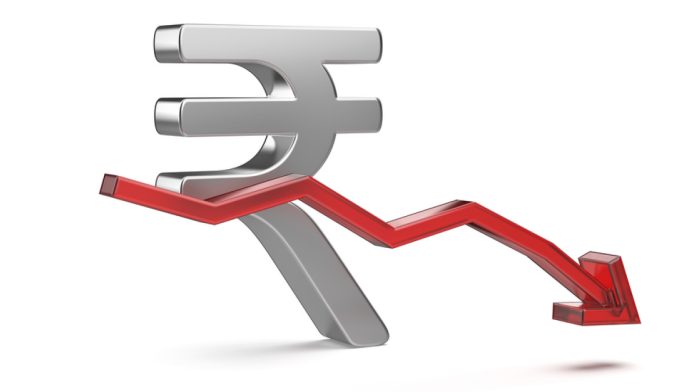- Agreed, the world is witnessing financial turmoil over the last two years and is getting further accentuated by the ongoing Russia-Ukraine conflict leading to severe disruptions in the global supply chains. More cause for concern for the European countries is the rising energy bills on the back of Russia cutting down its supplies as a retort to sanctions imposed. With Russian upping the ante vis-à-vis its stance against the conflict to counter setbacks, the situation is only going to worsen in the coming days. On the back of these challenging situations, the monetary and fiscal policies of governments are bound to be leaning towards ensuring citizens are buffered from extreme hardships. Easier said than done though as market dynamics dictate any such moves.

PC: DHL
- Thankfully, the Indian economic scenario is fairing better than some of the most advanced countries despite encountering volatility. As you may be aware, the rupee closed at Rs 81.58 a few days back against the dollar. It’s lost around 10% in value against the dollar since the beginning of 2022. How should it be interpreted? The answer lies in the global economic and geopolitical context. As mentioned above, the conflict in Ukraine and the disruption in the supply of some key commodities, overlaid with earlier loose monetary and fiscal policies, triggered the most severe bout of inflation in the last four decades in advanced economies. By now, we know how the efforts to rein in inflation have affected emerging economies such as India.
- As is the case everywhere, we too are in the midst of an unprecedented level of coordination in hiking interest rates by major central banks. The World Bank says that these hikes have come with a degree of synchronicity unseen in five decades resulting in the reallocation of investment portfolios and a consequent sharp movement in capital flows. Thus, the rupee-dollar exchange rate is not a reflection of India’s macroeconomic metrics, which are relatively sound. It’s a symptom of an unsettled global economic environment. Make no mistake, RBI has been prudent in its intervention adeptly managing the trilemma faced by emerging markets viz independent monetary policy, exchange rate stability, and capital account openness.

PC: Harshita Tyagi
- Both RBI and GOI deserve credit here. The former has mostly stuck to its traditional approach of intervening to curb volatility, while the latter has sensibly avoided comment on exchange rates. India’s foreign reserves stood at $545.6 billion on September 16, a level that is adequate to cushion the economy from external shocks. Admirably, RBI has managed major shocks since the global financial crisis adequately by tailoring its response to the context. Tweaking capital account measures should be a prudent move to attract foreign inflow which should help in stabilizing the situation. In conclusion, there’s no reason to panic about the unfolding financial challenges which we are prepared to face adroitly. Yes, fighting inflation is the priority.






